The knee joint is one of the largest and most complex joints in the human body. People use their knee joints to walk, run, sit, stand, and perform most daily activities. Over time or due to different factors, the joints wear down and the cartilage structure weakens. This process leads to osteoarthritis, commonly known as knee arthritis. People over the age of 50 face this problem more often because joints lose resilience with age. As a result, they lose quality of life and become severely restricted in their daily activities.
People over the age of 50 are particularly prone to this problem because joints lose their resilience with age. As a result, people lose their quality of life and are seriously restricted in their daily activities. However, modern orthopedics seeks solutions to this problem with different treatment methods. In addition, the Kiomedin knee osteoarthritis treatment developed in recent years supports joint health without the need for surgery. Thus, it stands out as a new option that makes patients’ lives easier.
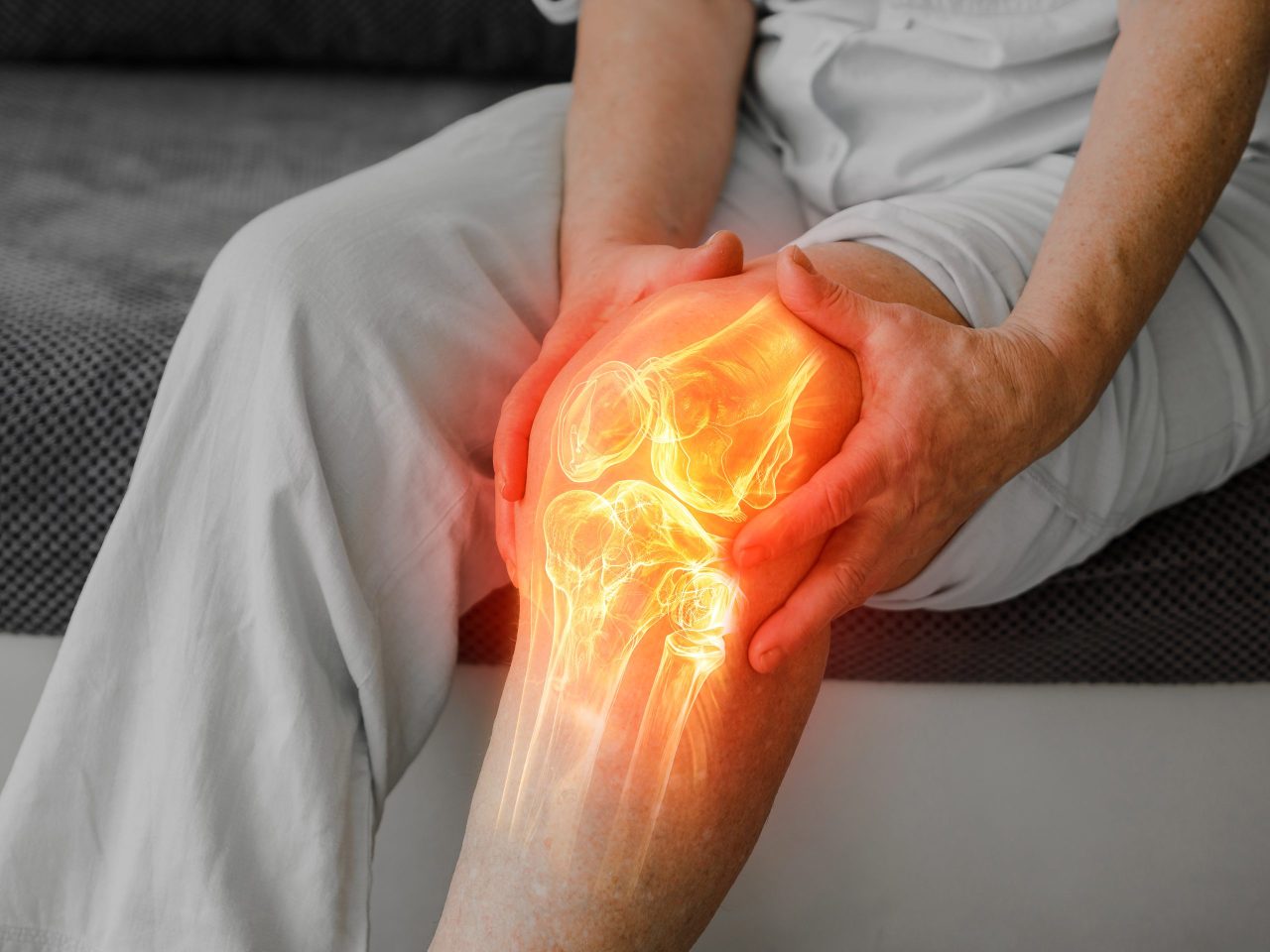
Contents
- What is Knee Osteoarthritis?
- Stages of Knee Osteoarthritis
- Causes of Knee Osteoarthritis
- Risk Factors
- Symptoms of Knee Osteoarthritis
- Diagnostic Methods
- Conventional Treatment Methods
- Kiomedin Knee Osteoarthritis Treatment
- Kiomedin’s Mechanism of Action
- Advantages of Kiomedin Treatment
- Lifestyle and Prevention Methods
- Sample Case Scenarios
- Expert Opinion: Dr. Özgür Oktay Nar
- Conclusion
- Frequently Asked Questions
What is Knee Osteoarthritis?
Experts define knee osteoarthritis as “knee osteoarthritis” in medicine. It develops as a result of the gradual wear and tear of the joint cartilage over time. Cartilage tissue protects joint surfaces and prevents friction. However, in osteoarthritis, this tissue thins and the bones begin to rub directly against each other. This causes pain, swelling, stiffness, and limited movement. According to the World Health Organization, knee osteoarthritis affects more than 250 million people worldwide.
Stages of Knee Osteoarthritis
- Stage 1: The cartilage is slightly worn and the person feels very little pain.
- Stage 2: The joint space begins to narrow, and the patient experiences occasional pain.Stage 2: The joint space begins to narrow, and the patient experiences occasional pain.
- Stage 3: Cartilage tissue is severely damaged, mobility is restricted.
- Stage 4: Bone surfaces are almost completely exposed, the person experiences constant pain and severe mobility limitations.
Causes of Knee Osteoarthritis
It develops due to many factors. Aging, genetic predisposition, excess weight, previous joint injuries, overuse, and a sedentary lifestyle are the main causes of knee osteoarthritis. Excess weight, in particular, puts extra strain on the knee joints, causing the cartilage to wear out faster.
Risk Factors
Factors that increase the risk of developing knee osteoarthritis include:
- Advanced age
- Female gender
- Genetic predisposition
- History of athletics (sports with high knee load such as football, basketball)
- Sedentary lifestyle
- Joint injuries or surgical procedures
Symptoms of Knee Osteoarthritis
Typical symptoms of the disease include knee pain, morning stiffness, difficulty climbing stairs, creaking sounds in the joint, swelling, and limited movement. In advanced stages, these symptoms increase and seriously interfere with the person’s daily life.
Diagnostic Methods
The diagnosis of knee osteoarthritis is made through clinical examination and imaging methods. The doctor examines the joint to assess pain, swelling, and range of motion. Doctors usually use X-rays to confirm the diagnosis. In advanced cases, doctors prefer magnetic resonance imaging (MRI). This method helps determine the stage of the disease by showing the detailed structure of the cartilage.
Traditional Treatment Methods
Traditional methods used in the treatment of knee osteoarthritis are as follows:
- Painkillers and anti-inflammatory drugs
- Physical therapy and exercise programs
- Weight management and healthy lifestyle recommendations
- Intra-articular cortisone or hyaluronic acid injections
- Knee replacement surgery in advanced stages
Kiomedin Knee Osteoarthritis Treatment
Kiomedin knee osteoarthritis treatment is a modern application based on the active ingredient chitosan. Chitosan is a naturally occurring biopolymer known for its joint health-supporting properties. This treatment method is administered by injection into the knee joint and helps protect cartilage tissue. It also reduces pain, increases range of motion, and improves patients’ quality of life.
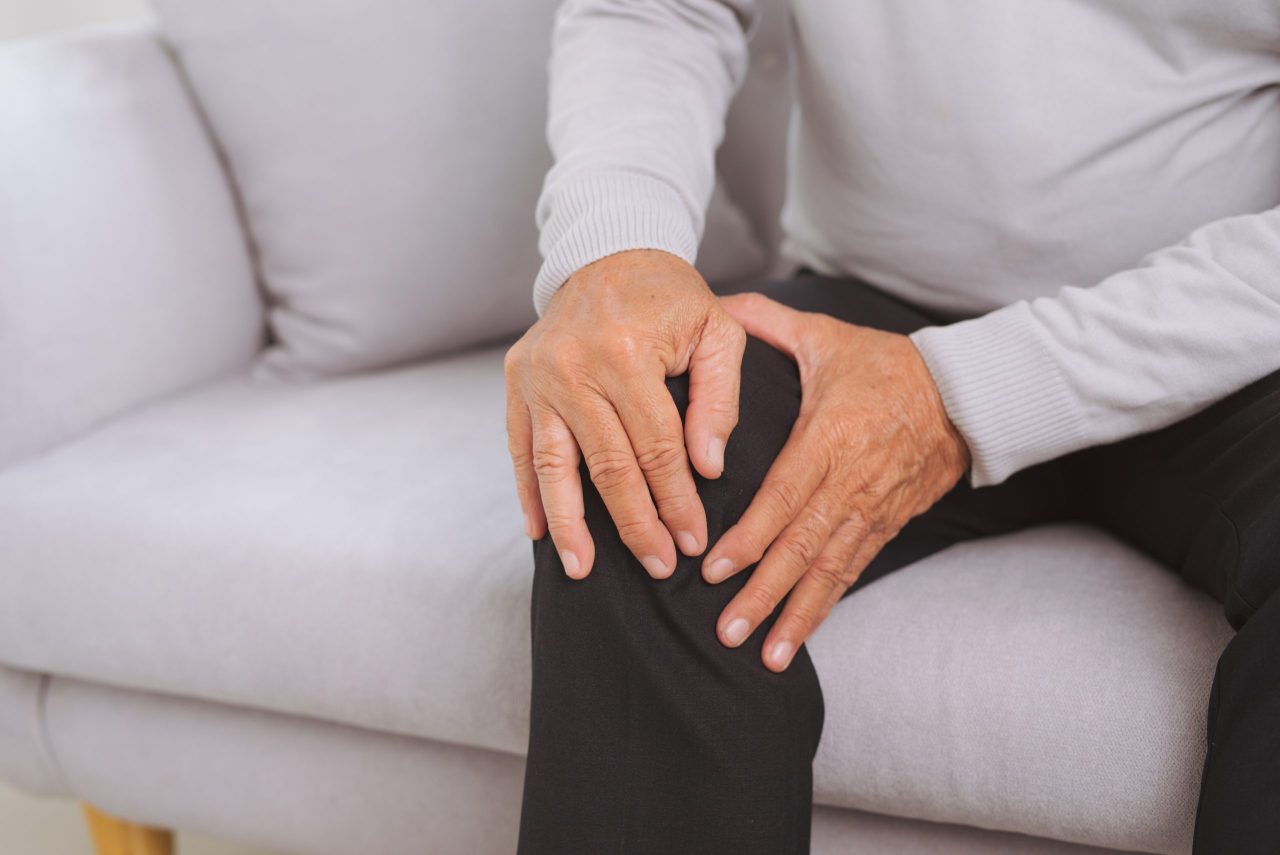
Kiomedin’s Mechanism of Action
Kiomedin works in several stages:
- It increases the lubrication of joint fluid by coating the cartilage surface.
- It reduces inflammation in the joint.
- It slows down cartilage breakdown by protecting cartilage cells.
- It supports mobility by reducing pain.
Advantages of Kiomedin Treatment
The main advantages of this treatment are as follows:
- It has a low rate of side effects.
- It does not require surgery.
- It quickly reduces pain.
- It improves patients’ quality of daily life.
- It provides long-term relief.
Lifestyle and Prevention Methods
To reduce the risk of knee osteoarthritis and maximize the benefits of treatment, the following recommendations should be considered:
- Engage in regular exercise (swimming, walking, cycling)
- Maintain a healthy diet
- Avoid excess weight
- Refrain from activities that strain the knees
- Use supplements that support joint health
Sample Case Scenarios
For example, a 62-year-old female patient reported knee pain that lasted for a long time. She also described difficulty going up and down stairs. This patient did not benefit enough from conventional treatments. After Kiomedin treatment, her pain decreased significantly. As a result, she performed her daily activities more easily.
Expert Opinion: Dr. Özgür Oktay Nar
Orthopedics and Traumatology Specialist Dr. Özgür Oktay Nar highlights the importance of innovative methods in treating knee osteoarthritis. He states that the Kiomedin application offers a strong alternative for patients who want to avoid surgery. He also emphasizes that this treatment greatly improves quality of life.
Result
Knee osteoarthritis affects millions of people worldwide and lowers their quality of life. Traditional treatments do not always provide enough relief. Therefore, innovative solutions such as Kiomedin knee osteoarthritis treatment are becoming more important in modern medicine. Kiomedin offers a reliable option that supports knee joints. It also reduces pain and increases mobility without surgery. For more information, visit Dr. Özgür Oktay Nar‘s official website. You can also check our blog page to read other articles.
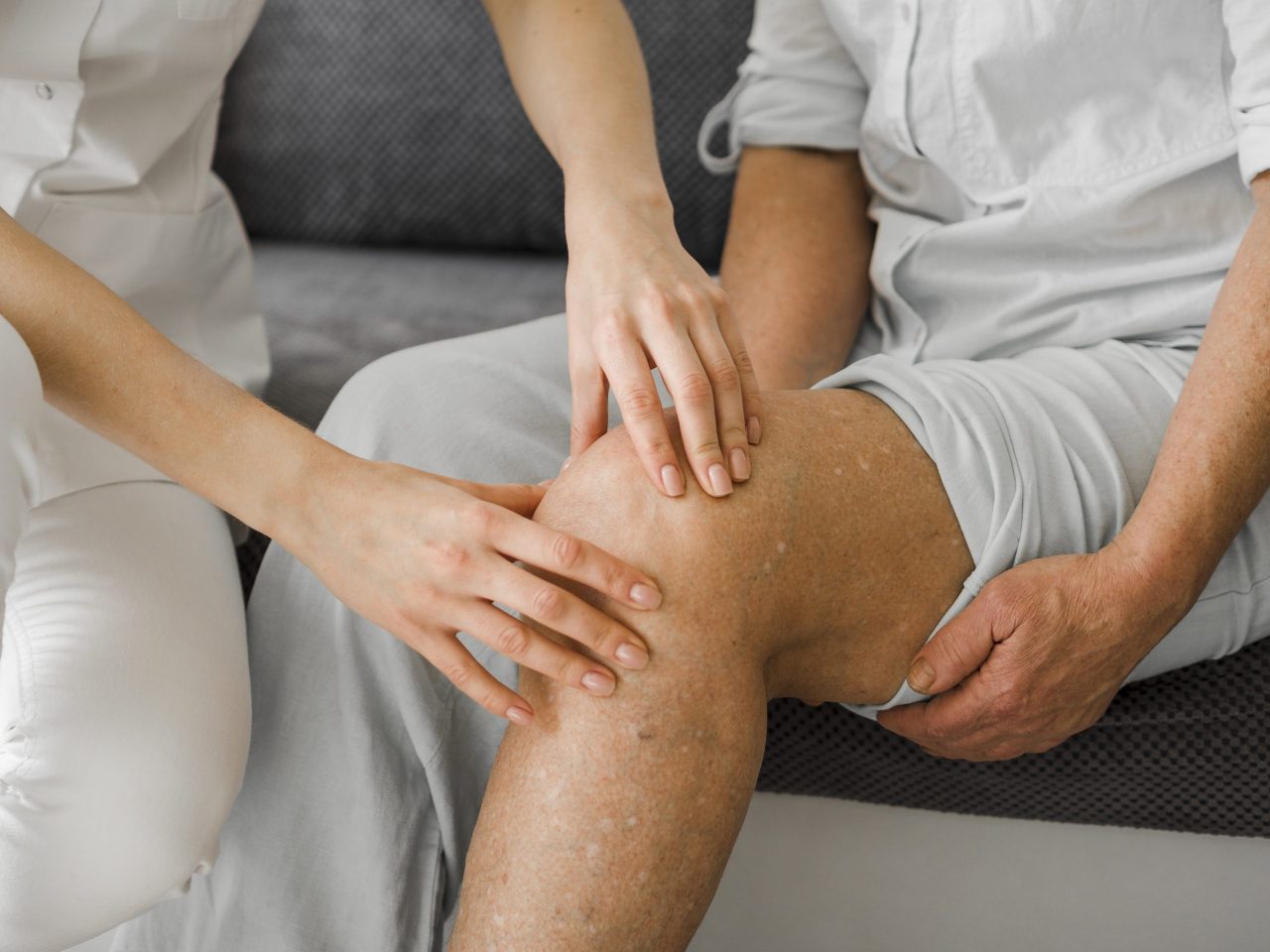
Frequently Asked Questions
Who is eligible for Kiomedin treatment?
,It is applied to patients with knee osteoarthritis who wish to avoid surgery and improve their quality of life.
Are there any side effects of Kiomedin treatment?
The risk of side effects is quite low. However, as with any medical procedure, it must be performed under the supervision of a specialist doctor.
How long does the application take?
The procedure usually takes 15–20 minutes, and patients can return to their daily activities the same day.
Is it a permanent solution?
It is not permanent, but it provides long-term relief and delays surgery.
What should be considered after Kiomedin treatment?
On the first day, patients should avoid strenuous exercise and directly implement the lifestyle changes recommended by their doctor.











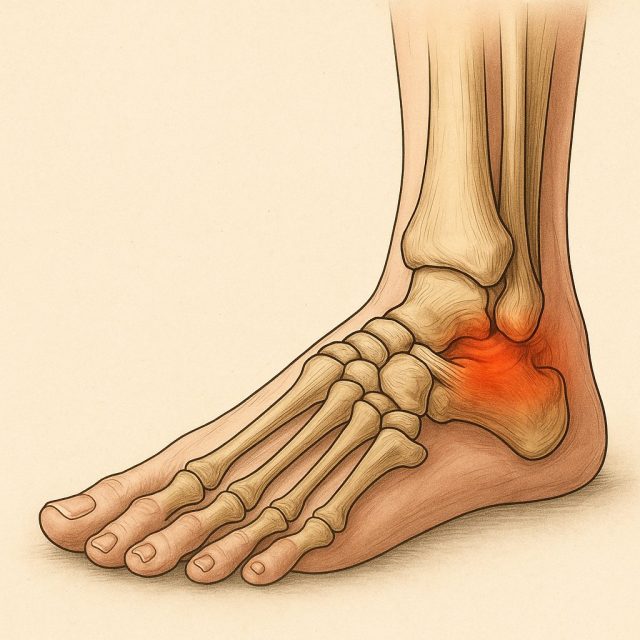


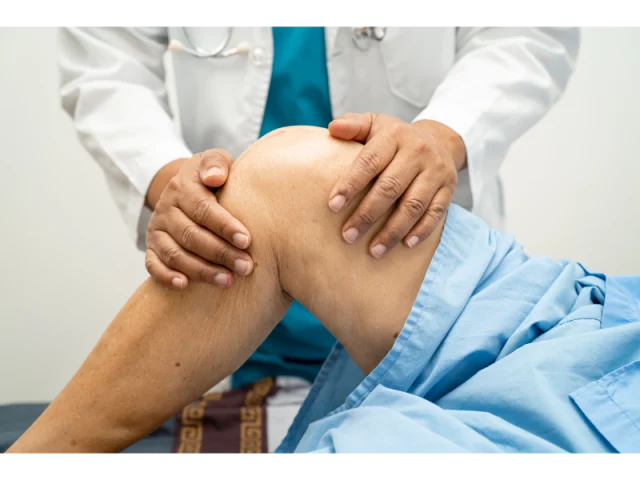








 Youtube Videos
Youtube Videos



